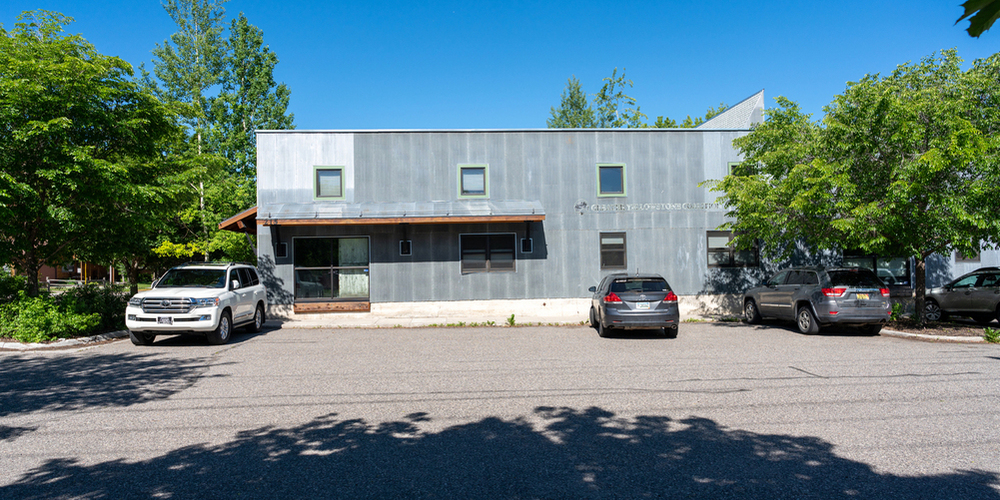
After five years of searching Gallatin Valley, Montana, for a new headquarters building, the Greater Yellowstone Coalition (GYC) decided that three overwhelming factors were to drive the decision about their new home.
1.) Support for lifestyle of staff and volunteers who are committed environmentalists and wanted to be within an easy walk or bike ride of downtown Bozeman
2.) Renovating/reusing/reviving an existing building was a “greener” choice than new construction on prime farmland, a common growth pattern in western agricultural states
3.) Employ of local contractors and builders to provide a green building that reflects and meshes with the character of the neighborhood. GYC has been part of the Bozeman community and economy for more than two decades and is committed to being good neighbors for a long time.
In late 2010, the Greater Yellowstone Coalition purchased the property commonly known as Units C-1 through Units C-6, Gallatin Valley Seed Company Condominiums, 215 South Wallace, Bozeman, Montana. The building is approximately 9,000 SF and was built in the 1940s. Near downtown, the corrugated metal building was occupied primarily as warehouse space with supportive office areas. The proposed program converted the entire building to office space with associated common areas.
The approach to the project is one that characterized what the GYC focuses its daily efforts on—conservation. The GYC strives to protect and preserve the Yellowstone Ecosystem. In pursuing an architectural project, they applied the same values. By choosing the Gallatin Seed Co and its location, GYC is looking to preserve a piece of history. That translates, in essence, to preserving part of the Bozeman Ecosystem. The board of directors endorsed the project registration and certification under LEED.
While the building has been used mostly as warehouse space, it is an existing 1.15 acre parcel zoned high density residential and resides within the Historical Conservation Overlay District. The 2010 Growth Policy Amendment expanded the downtown business core to include this property and allow rezoning. Conversion to an office building also required an adjustment to an underlying Conditional Use Permit (CUP) which allows limited office space. In addition, the code requirements stated there was not enough parking spaces available for a full conversion to office space. The GYC administration submitted a request of a deviation from the high number of parking spaces. They were successful and the granted deviation allowed GYC to build no new parking which meant, in fact, elimination of 12 new parking spaces. The City of Bozeman and GYC have agreed that “overflow” parking, during any public events onsite, will be in Bogart City Park lots, an easy half-block walk to GYC.
Upon closing of the real estate transaction, design development began of detailed plans, specifications, and budgets, including bid and construction administration services. The project was registered as a LEED 2.2 project. At the same time, careful deconstruction began on the old warehouse. Care was taken by GYC volunteers and contractor to deconstruct and separate all materials into what was reusable on site, recyclable throughout the county, valuable for use by others including Habitat for Humanity. Salvage was the essential strategy as well as tracking and
documentation of all materials from the old building.
The building will maintain its existing corrugated metal siding, including the “ghost” sign of the original owners. GYC is proud of the building’s heritage and significance and is dedicated to reusing the entire structure (upgrading windows and doors) while preserving the building’s character.
The design focuses on opening up to the community, inviting the community to use the front yard space and learn from signage in the landscape describing the significance of the native species planted there. GYC board and staff members have expressed their commitment—“It is of utmost importance that this project be an example of stewardship towards the community and the ecosystem.”
Photo by Rex Connell, Bozeman